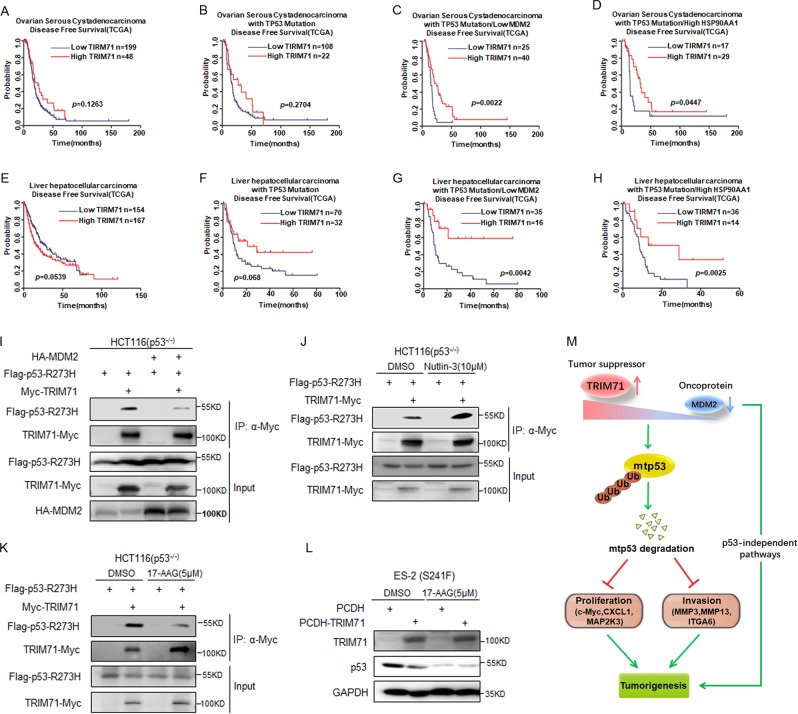Fig. 7. TRIM71 is associated with favorable prognosis in cancer.
a The Kaplan–Meier analysis reveals that high expression of TRIM71 moderately improves disease-free survival of ovarian cancer patients. b High expression of TRIM71 moderately improves disease-free survival of the TP53-mutated ovarian cancer patients. c High expression of TRIM71 significantly improves disease-free survival of the ovarian cancer patients sustaining TP53 mutations and low level of MDM2. d High expression of TRIM71 significantly improves disease-free survival of the ovarian cancer patients sustaining TP53 mutations and high level of HSP90. e, f The Kaplan–Meier analyses reveal that high expression of TRIM71 moderately improves disease-free survival of the TP53-mutated liver hepatocellular cancer patients f, but not the overall liver hepatocellular cancer patients e. g High expression of TRIM71 significantly improves disease-free survival of the liver hepatocellular cancer patients sustaining TP53 mutations and low level of MDM2. h High expression of TRIM71 significantly improves disease-free survival of the hepatocellular cancer patients sustaining TP53 mutations and high level of HSP90. i Overexpression of MDM2 attenuates the interaction between TRIM71 and mtp53-R273H. HCT116p53−/− cells were transfected with combinations of plasmids encoding HA-MDM2, Myc-TRIM71, and Flag-p53-R273H followed by co-IP-IB assays using antibodies as indicated. MG132 (20 μm) was supplemented for 6 h prior to cell harvest. j, k Nutlin-3 treatment enhances j, whereas 17-AAG treatment suppresses k, the interaction between TRIM71 and mtp53-R273H. HCT116p53−/− cells were transfected with plasmids encoding Myc-TRIM71 and Flag-p53-R273H followed by co-IP-IB assays using antibodies as indicated. Nutlin-3 (10 μm) or 17-AAG (5 μm) was supplemented for 24 h, and MG132 (20 μm) was supplemented for 6 h prior to cell harvest. l TRIM71 is unable to induce mtp53 degradation in the presence of 17-AAG. ES-2 cells infected with control or TRIM71-expressing lentiviruses were treated with or without 17-AAG (5 μm) for 24 h followed by the IB analysis using antibodies as indicated. m The working model for TRIM71’s tumor-suppressive function by inducing mtp53 degradation and consequently preventing tumor growth and metastasis

